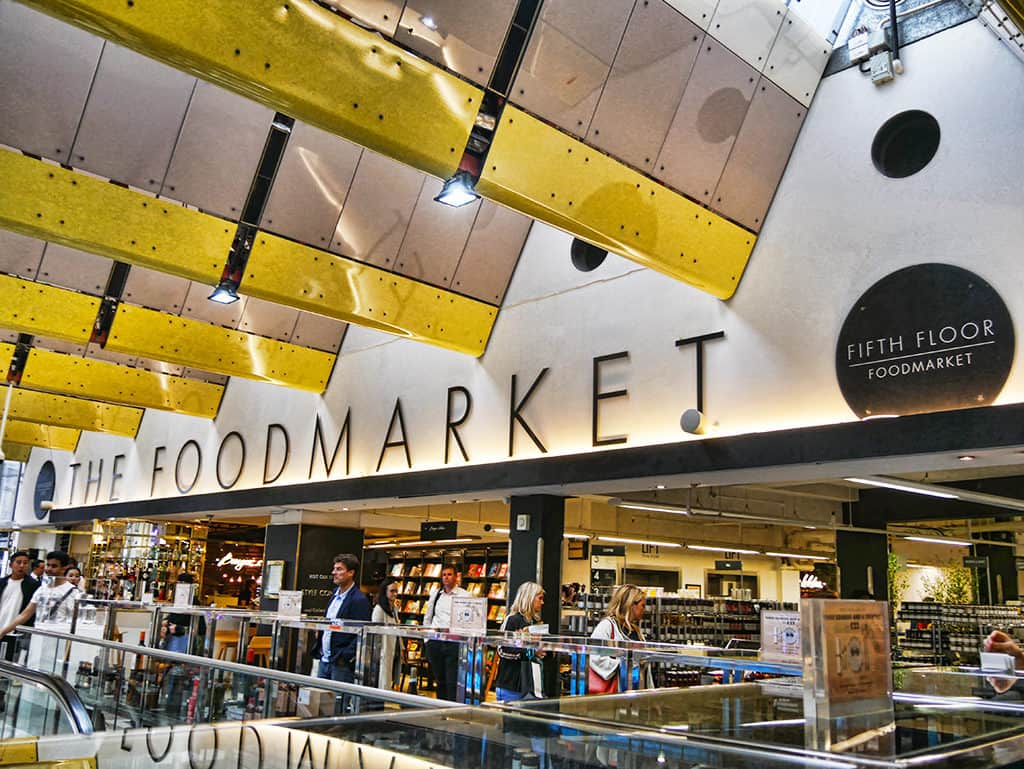In the dynamic retail landscape of the United States, department stores play a pivotal role in shaping consumer shopping habits and preferences. Despite the rise of e-commerce giants like Amazon, traditional brick-and-mortar department stores continue to attract a significant portion of consumers. Understanding the popularity and appeal of these establishments provides valuable insights for businesses aiming to thrive in the competitive retail market. In this article, we delve into the top 10 department stores in the USA, exploring their popularity among consumers across different demographics.
Understanding the Retail Landscape
The retail sector in the United States experienced remarkable growth in 2022, with total sales reaching a staggering $7.1 trillion. This marked an impressive 8.2% increase from the previous year, underscoring the robustness of the American consumer market. For small businesses targeting American consumers, gaining insights into their shopping preferences is essential for devising effective sales and marketing strategies.
Key Players in the Department Store Industry
While retail giants like Walmart and Amazon dominate in terms of total revenue, department stores remain integral components of the retail ecosystem. These stores provide an extensive array of products and services within a single location, addressing the diverse needs and preferences of customers. Let’s explore the top 10 department stores in the USA based on their popularity among consumers.
1. Costco
Leading the pack is Costco, a membership-based warehouse club known for its bulk discounts and wide selection of merchandise. Based on a recent survey, 68% of consumers in the United States hold Costco in high regard, positioning it as the most favored department store in terms. Millennials, in particular, show a strong affinity for Costco, with 72% expressing a positive opinion of the store.
2. Target
Target, a retail chain offering a diverse range of products, including apparel, electronics, and household essentials, secures the second spot with a popularity rating of 67%. Known for its trendy yet affordable offerings, Target appeals to a broad demographic of consumers.
3. Dollar Tree and Walmart
Sharing the third position are Dollar Tree and Walmart, both garnering favor from 66% of shoppers. Dollar Tree, a discount retailer known for its $1 price point, attracts budget-conscious consumers seeking value for their money. In contrast, Walmart emerges as a dominant force in the global retail landscape, providing an extensive selection of products spanning diverse categories.
4. T.J. Maxx and Marshalls
T.J. Maxx and Marshalls, renowned for their off-price retail model, secured joint fifth place with a popularity rating of 61%. These stores offer brand-name clothing, accessories, and home goods at discounted prices, appealing to bargain hunters and fashion-conscious shoppers alike.
5. J.C. Penney
In seventh place is J.C. Penney, a longstanding department store chain beloved by consumers for its diverse selection of apparel, home furnishings, and beauty products. With a popularity rating of 60%, J.C. Penney continues to resonate with shoppers seeking quality products at affordable prices.
6. Sam’s Club
Following closely behind is Sam’s Club, a membership-based warehouse club operated by Walmart. With a popularity rating of 59%, Sam’s Club attracts consumers seeking bulk discounts on groceries, electronics, and other essentials.
7. Big Lots and Burlington Coat Factory
Rounding out the top 10 are Big Lots and Burlington Coat Factory, both liked by 58% of shoppers. These discount retailers offer a treasure trove of affordable goods, ranging from furniture and home decor to apparel and accessories.
Understanding Consumer Preferences Across Generations
Consumer preferences vary across different generations, influencing the rankings of top department stores in the U.S. Millennials, for instance, gravitate towards Target, Costco, and T.J. Maxx, drawn to their affordable yet trendy offerings. Generation X favors Costco, Dollar Tree, and J.C. Penney, while baby boomers’ preferences lean towards Dollar Tree, Kohl’s, and Walmart.
Conclusion: Navigating the Retail Landscape
In conclusion, while e-commerce continues to reshape the retail landscape, traditional department stores remain resilient, catering to the diverse needs and preferences of consumers. By understanding the popularity and appeal of these establishments, businesses can adapt their strategies to effectively target specific consumer segments and capitalize on market opportunities. As the retail landscape evolves, staying attuned to consumer preferences and market trends will be key to success in the dynamic world of retail.





